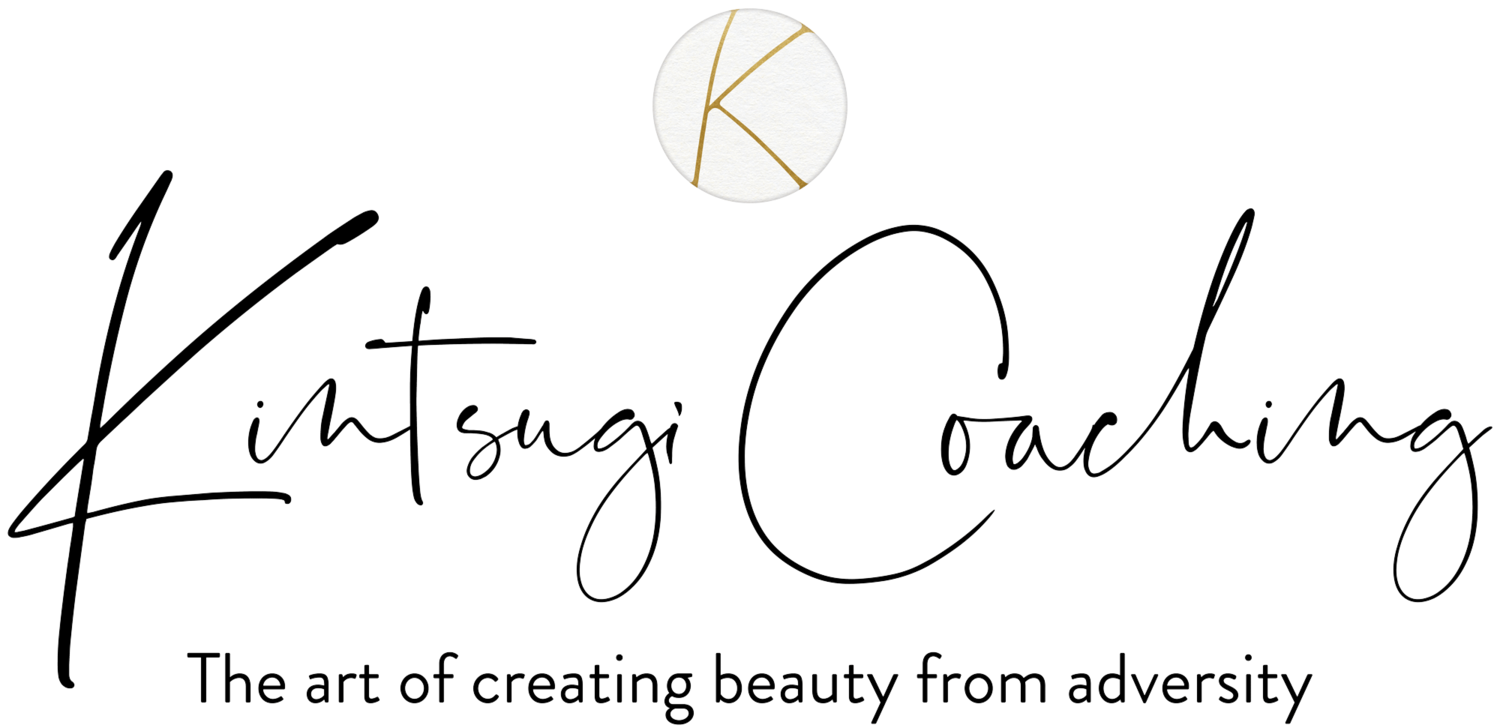On Surviving the 10,000 Sorrows
“Let me embrace three, sour adversity, for wise men say it is the wisest course.” ~Shakespeare
One of the most difficult challenges in this being human business is facing what is. This is especially true when what is, sucks. I’m talking about times when life presents you with things you didn’t order and don’t want: like everything in 2020.
Being with what truly is ain’t for sissies. It requires enormous courage to willingly embrace deep suffering. When life goes sideways, the tendency is to try to dodge the pain and somehow skirt the problem. So we blame other people for stuff, or obsess about the issue, or try harder, or throw ourselves whole-hog into someone or something else, or drink, or become depressed, or otherwise check out. I call these the “Fight, Flee, Freeze” approaches to pain, all attempts to deny what is.
Spoiler Alert: They don’t work.
LEARNING THE HARD WAY
I know, because I’ve tried all of them at various times, sometimes for years at a stretch. They don’t work in the same way that closing a wound without cleaning it out doesn’t work. The irritant is still there. Whether blithely unaware or willfully ignoring it, the pain will fester. Unpleasant symptoms —illness, anxiety, addictions, depression—will begin to betray the unresolved problem. “Neurosis,” the psychologist C.G. Jung said, “is always a substitute for legitimate suffering.” In other words, we create pain in our attempt to avoid pain. Crazy, ain’t it?
I once wrote a paper in grad school on the psychology and mythology of depression, relating it to my experience of being widowed. It came back with a note in the margins that read: “Depression as a defense against grief.” That comment stopped me in my tracks. Here I was in a Ph.D. program in depth psychology and the thought had never once occurred to me that my prolonged depression following my husband’s death was a means of avoiding my real suffering. It was only when I read that comment that I saw how I depression (freezing) was an attempt to avoid the pain of my reality and my deep grief.
WHEN YOU'RE GOING THROUGH HELL...
The problem with fighting, freezing, and fleeing is that they set up additional and unnecessary suffering that you must wade through to get back to the real suffering that is waiting. If you’d like to avoid this scenic route and take a shortcut, potentially saving years of your life, I will give you a tip: Be like a river and flow.
To flow means to face what is and to feel whatever awaits you, even if that means facing the fact that you have cancer, or your business is gone, or you are never going to realize that long-held dream. Now, flowing does not mean resigning oneself to the misery of it all; it means releasing your resistance to the fear, hurt and sorrow that’s inherent in this life, what the Taoists call “The 10,000 sorrows.”
BE LIKE WATER
Why do this? Because when you let go, those sorrows can and will flow over and by you. When you flow, you stay open to Life. Opportunities and ideas you never imagined show up. When you flow, you don’t squander creativity and energy by shutting down, resisting, or running away from reality. Best of all, when you flow, you enable yourself to be carried through the 10,000 sorrows and into "the 10,000 joys," because those are part of Life, too.
Life is movement and flow. A river is not stagnant; it is new every moment, and so are we. When we put ourselves in accord with Life-As-It-Shows-Up, we have the greatest opportunity for creating the life that is waiting for us, even if it’s not the one we planned.
If you’d like help finding your flow, please write kate@kintsugicoaching.com.

